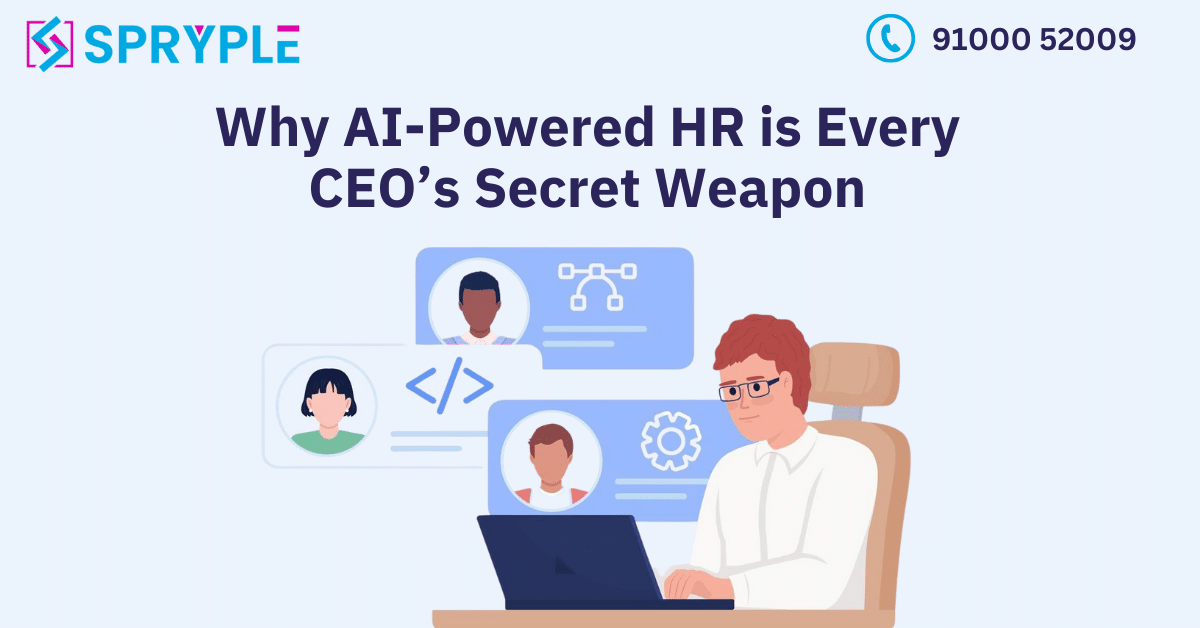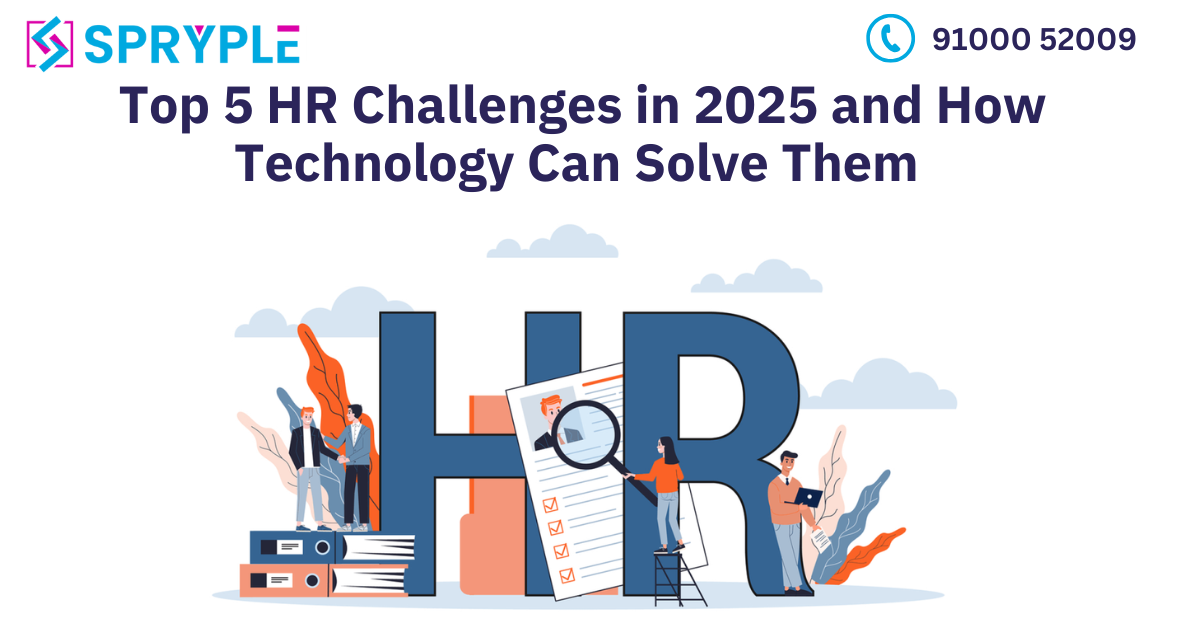
Hospital Float Pool Management Software: Optimizing Patient Care and Staffing

It’s 5:45 AM. A charge nurse just got her third call-out for the day shift. ICU needs two nurses, med-surg is already running thin, and the float pool coordinator’s phone is about to start buzzing. Somewhere, a nurse manager is wondering if she’ll have to pull another double shift to keep her unit safe.
This isn’t just another staffing challenge. In healthcare, these moments can mean the difference between life and death.
We’ve all been there. The constant juggling of unit competencies. The desperate search for someone – anyone – with the right certifications to cover critical care. That sinking feeling when you realize your nurse-to-patient ratios are about to breach safety levels.
But here’s what’s changing: Leading hospitals are finally breaking free from this chaos. They’re using float pool technology built specifically for healthcare’s unique demands. We’re not talking about glorified scheduling tools. These are sophisticated systems that understand the difference between a med-surg float and an ICU nurse, that know why you can’t just plug any available body into a PICU shift.
The impact? Just ask the charge nurse who used to spend two hours every morning finding coverage. Or the float coordinator who can finally match nurses to units based on real competencies, not desperate need. Or the CNO who no longer gets 3 AM calls about dangerous staffing levels.
This isn’t about making scheduling easier. It’s about keeping patients safer, nurses happier, and hospitals running smoother.
And that’s what we need to talk about.
Why Healthcare Float Pools Need Specialized Solutions
Compliance with Healthcare Regulations
In healthcare, getting it wrong isn’t just inconvenient – it’s illegal. One missed certification, one lapsed credential, and you’re not just facing staffing issues; you’re looking at regulatory nightmares.
Walk into any nurse manager’s office and you’ll see the struggle. Tracking ACLS certifications, BLS renewals, unit-specific competencies – it’s enough to make your head spin. And don’t even mention Joint Commission audits or state board reviews. One wrong placement, one overlooked requirement, and your entire unit could be out of compliance.
Nurse Float Pool Scheduling and Shift Preferences
Let’s talk about what keeps nurse managers up at night. It’s not just about filling slots anymore. You’ve got ICU nurses who can float to step-down but not med-surg. PICU specialists who need specific certifications. And everyone has shift preferences that, if ignored, lead to burnout and turnover.
Smart float pool systems get this. They know Maria’s got her CCRN and can handle ICU nights but prefers step-down on day shift. They remember that John’s pediatric certifications make him invaluable in both PICU and general peds. This isn’t just convenient – it’s crucial for safe patient care.
Emergency Response Staffing
When that mass casualty alert hits or half your night shift calls out with the flu, you don’t have time to flip through spreadsheets. Every second spent finding the right staff is a second too long.
Modern systems make crisis staffing manageable. They can instantly identify every qualified critical care nurse in your float pool, ping them simultaneously, and start filling gaps while you focus on patient care. One ED manager said it best: “In a crisis, this system isn’t just helpful – it’s another team member.”
Real-Time Tracking for Patient-to-Staff Ratios
Remember the old days of walking unit to unit, counting heads and checking assignments? Those days are gone. Today’s float pool software gives you real-time visibility into every unit’s staffing levels.
Watch ratios getting tight in med-surg? The system alerts you before it becomes critical. Need to pull someone for ICU? You can instantly see who’s qualified and available without compromising other units’ safety. This isn’t about convenience – it’s about maintaining safe patient care standards every minute of every shift.
The best part? When administration asks about staffing decisions, you’ve got documentation. Real-time tracking means real-time justification for every floating decision you make. In healthcare, that kind of accountability isn’t optional – it’s essential.
Real Benefits of Float Pool Software in Healthcare Settings
Improved Patient Care Through Consistent Staffing
Gone are the days of dangerous staffing gaps or pulling nurses into units they barely know. When one major hospital implemented smart float pool management, their rapid response calls dropped by 23%. Why? Because they finally had the right nurses in the right units at the right time.
A night supervisor put it perfectly: “We used to pray for no emergencies when we were short-staffed. Now we can handle whatever comes through the door because our float coverage actually makes sense.” Proper staffing isn’t just about numbers – it’s about matching skills to needs. When you nail that, patient outcomes improve dramatically.
Cost Savings Beyond the Bottom Line
Let’s talk money – not theoretical savings, but real dollars. One 400-bed hospital cut their agency spending by 40% within six months of implementing float pool software. Another slashed overtime costs by 35%. But here’s what really matters: they did it without compromising care quality.
Think about the typical crisis: Your ICU is short, and you’re staring down agency rates that would make any CFO cringe. With proper float pool management, you can pull from your own qualified staff first. Your nurses get the extra hours they want, your patients get experienced care, and your budget stays intact.
Streamlined Payroll and Attendance Tracking
Remember the payroll headaches? Different rates for different units, shift differentials, floating premiums – it was a nightmare. Now? Everything’s automated. When a med-surg nurse floats to ICU, their differential kicks in automatically. When someone picks up a critical needs shift, their bonus is already calculated.
One payroll manager said she used to spend two full days every pay period sorting out float differentials. Now it takes two hours. That’s not just efficiency – that’s sanity restored.
Enhanced Staff Satisfaction: More Than Just Happy Nurses
Here’s what really changes: Nurses actually volunteer for float pool now. Why? Because they control their destiny. They pick shifts that work for them. They float to units where they’re confident. They don’t get those dreaded last-minute calls on their days off.
A float pool coordinator shared this insight: “Our float nurses used to feel like the last resort. Now they’re proud specialists who know their skills are valued and used properly.” The result? Lower turnover, better morale, and a float pool that actually works.
The best part? Happy staff means better patient care. When nurses aren’t burnt out from mandatory overtime or stressed about floating to unfamiliar units, they provide better care. It’s that simple.
In healthcare, good float pool management isn’t just about scheduling – it’s about creating an environment where both staff and patients thrive. The right software makes that possible, turning daily staffing challenges into opportunities for excellence.
When Healthcare Float Pools Matter Most: Real Scenarios
Nurse Shortage During Flu Season
The call comes at 4:30 AM. Eight nurses just called out sick from your med-surg units. Flu season has hit your staff as hard as your patients. Without smart float pool management, this is a complete disaster. But with the right system in place?
The software instantly identifies qualified staff, accounting for factors like:
- Who’s already worked too many shifts this week
- Who has the right competencies for med-surg
- Who’s most rested and available
- Who’s closest and can respond quickly
One nurse manager shared: “Last flu season hit us like a truck. Instead of panicking, I watched our float pool system fill gaps in real-time. By 6 AM, every unit had safe coverage. That would have taken hours before.”
Managing On-Call Doctors and Emergency Response
Trauma alert. Multiple casualties. Your ED needs extra hands now, not in an hour. The old way? Endless phone calls and hoping someone answers. The new way? One click sends alerts to every qualified physician in your float pool. Those available respond instantly, and the system automatically coordinates their arrival times.
A Level 1 trauma centre director put it this way: “When minutes count, we can’t waste time playing phone tag. Our float pool system gets us the staff we need while we focus on preparation. That’s not just efficiency – it’s better patient care.”
Multi-Department Staffing in Large Hospitals
Picture this: Your cardiac unit is overstaffed while ortho is running thin. Meanwhile, the ED is bracing for the Friday night rush. Traditional staffing methods would leave some units drowning while others stand idle.
Modern float pool management changes this dynamic entirely. It sees the whole picture:
- Where staff are needed most
- Who can safely float between specialties
- How to maintain coverage during transitions
- When to trigger emergency protocols
An operations director from a 600-bed hospital shares: “We used to manage each department’s staffing separately. Now we see our whole hospital as one integrated system. Our float pool isn’t just a backup plan – it’s how we maintain optimal staffing across every unit, every shift.”
The power isn’t just in filling gaps – it’s in predicting and preventing staffing crises before they happen. That’s what modern float pool management brings to healthcare: the ability to turn potential crises into manageable situations.
Selecting Healthcare Float Pool Software: What Actually Matters
Focus on Healthcare-Specific Functionalities
Stop focusing on fancy features and start looking at what actually works in a hospital setting. Every vendor claims their software is “perfect for healthcare,” but dig deeper. Can it handle:
- Complex unit competency requirements
- Real-time nurse-to-patient ratios
- Rapid response team coordination
- Specialty unit certifications
A nurse manager from a major teaching hospital learned this the hard way: “The demo looked great, but when we tried using it, the system couldn’t even distinguish between med-surg and ICU competencies. We wasted six months before switching to something built for actual healthcare needs.”
Integration with Hospital Systems
Your float pool software needs to talk to everything – not just your HR system. Think about your daily workflow. You need seamless connection with:
- Electronic Health Records (EHR)
- Time and attendance tracking
- Payroll processing
- Credential management
- Learning management systems
One hospital’s IT director puts it bluntly: “If your float pool system creates new data silos, you’re moving backward, not forward. We need integration that works in real-time, not batch uploads that leave gaps in critical information.”
Data Security and Privacy
In healthcare, a data breach isn’t just embarrassing – it’s a HIPAA violation. Your float pool software handles sensitive information about staff certifications, patient ratios, and unit assignments. One wrong move and you’re facing serious compliance issues.
Ask tough questions about:
- HIPAA compliance measures
- Data encryption standards
- Access control protocols
- Audit trail capabilities
- Backup and recovery procedures
A compliance officer shared this wisdom: “Don’t just ask if they’re HIPAA compliant. Ask how they handle specific scenarios. If they can’t explain their security measures in detail, that’s a red flag.”
Remember: The right system for your hospital isn’t necessarily the one with the most features or the flashiest interface. It’s the one that understands healthcare’s unique demands and meets them without compromising security or efficiency. Choose wisely – your staff, patients, and sanity depend on it.
Making Float Pool Management Work in Healthcare: The Bottom Line
It all comes down to this: In healthcare, getting staffing right isn’t just about efficiency – it’s about saving lives. Every time a nurse floats to an understaffed unit, every emergency response team activation, every last-minute coverage need – these moments impact patient care.
Think about what we’ve seen in hospitals that got this right:
- ED managers spending time on patient care instead of staffing calls
- ICU nurses floating confidently to units matching their skills
- Charge nurses finding qualified coverage in minutes, not hours
- Hospital administrators finally meeting compliance standards without breaking budgets
The stories speak for themselves. A Level 1 trauma centre cut their response time for emergency staffing by 60%. A regional hospital network reduced their agency spending by 40%. But most importantly, their staff started feeling supported instead of stretched thin.
Here’s what matters: Your nurses deserve better than midnight phone calls and desperate staffing shuffles. Your patients deserve care from properly matched, qualified staff. Your hospital deserves the peace of mind that comes from knowing you’re always safely staffed.













